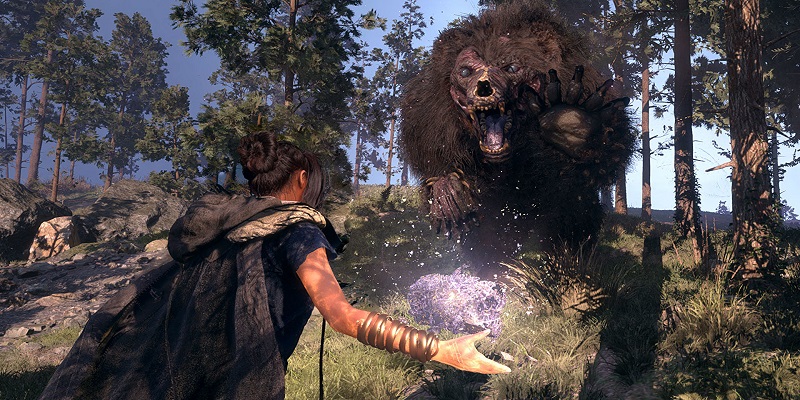Frenetic Pony
Veteran
Still i want a slider in game to tune it further down, because... i just hate it.Usually the only things i do in gfx options is vsync on and AO off.
Surley no option for far range AO as in Exodus, but for must games it would be.
I had used raytraced AO for artworks. Decades ago it felt something new and beautiful. But after getting used, it started to feel 'technical'. I did not understand the background of how it's meant to approximate GI, but i saw it's no silver bullet.
Same happened with SSAO: Crysis was awesome, but after some years i started to turn it off mostly in games. Improved SSAO methods did not help so much.
Though i think i'm a rare exception here. Most people seemingly have no problem with it.
I get it, it looks too much like an outline shader, or some sort of unsharp mask thing, too often. I do think there's occasionally a good implementation. It's so refined in RDR2 it's kind of amazing that it's there, but then of course you notice the anti-halos as soon as you start looking. I don't think it's necessarily bad, just often practically bad and never a full replacement for GI.
Worse I feel like I can always see the halos and anti-halos. The two changes I'd love to see for this generation are all area lights, you can clearly see how Square Enix's Project Athia/"Forespoken" looks like old renders where environments have that "uncanny valley" look to them.

And I'd love to see temporally stable rendering, or at least as close as can be gotten. The constantly disappearing and reappearing clouds in RDR2 are just plain distracting as Arthur bounces up and down on his horse in front of them, along with all other similar screenspace problems.
Last edited:
